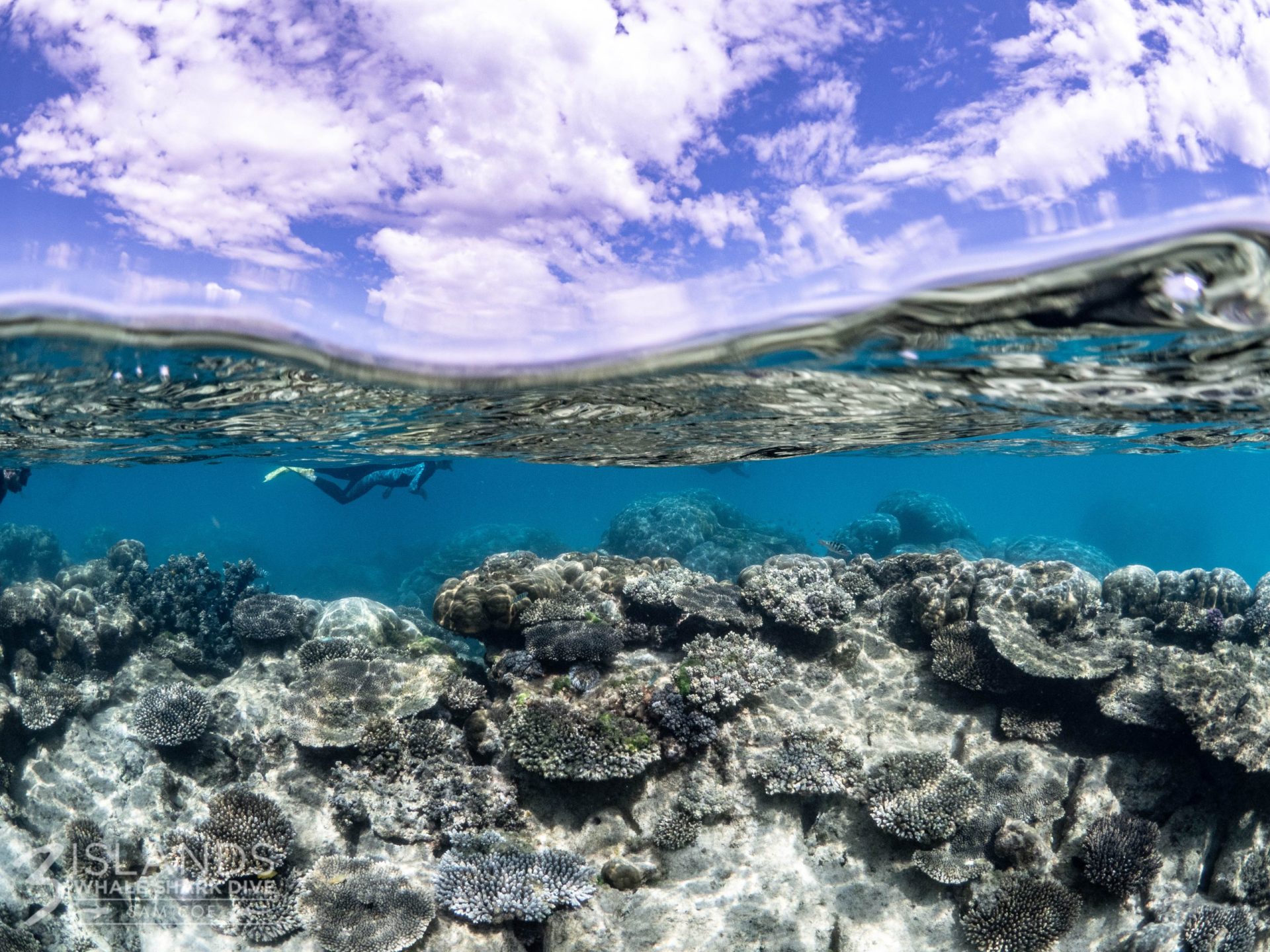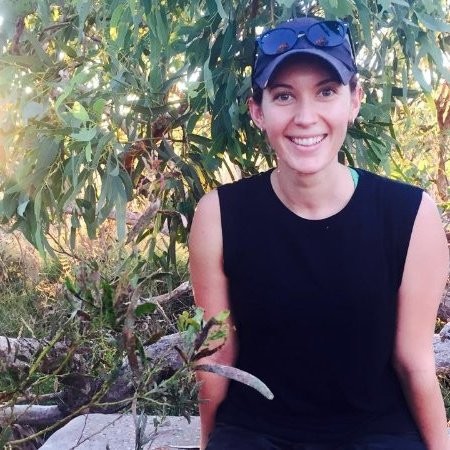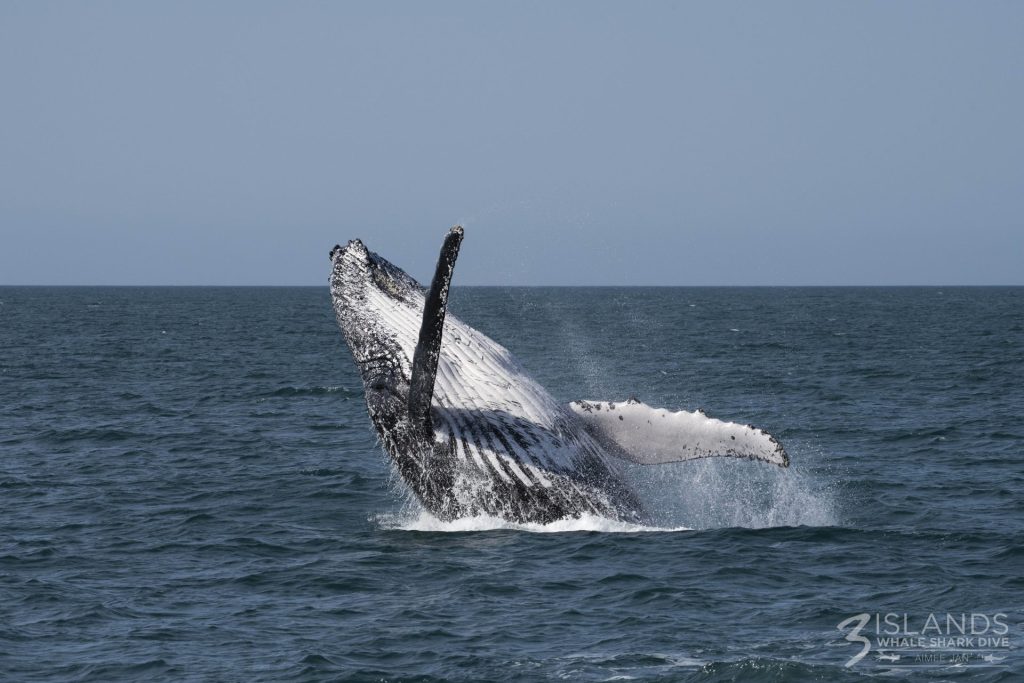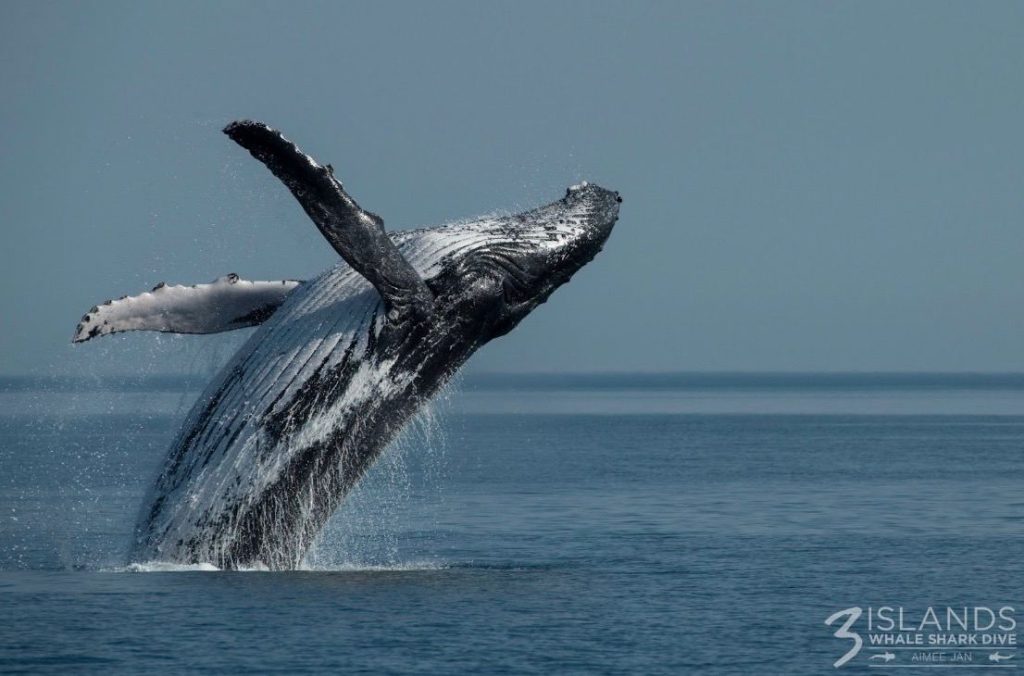Coral, a magnificent and enigmatic organism, often sparks the question, "Is coral a rock?" The answer is not as simple as you might think. Let’s explore the fascinating world of corals and discover the truth behind their classification. So, get ready to dive in and unravel the mystery.
Table of Contents
- A Brief Introduction to Corals
- The Intriguing Relationship Between Corals and Algae
- Coral Reefs: A Complex Ecosystem
- Types of Corals: Hard Corals vs. Soft Corals
- Coral Reproduction: Asexual and Sexual Reproduction in Corals
- Coral Feeding: Capturing Small Organisms with Their Tentacles
- The Role of Stinging Cells in Coral Defense and Feeding
- Coral Diversity and Habitats: Shallow Waters vs. Deep Water Corals
- The Impact of Ocean Acidification on Coral Health
- Fringing Reefs and Barrier Reefs: Different Coral Reef Types
- Corals: Animal, Plant, or Rock?
- The Importance of Coral Conservation
- What We Can Do to Help
- The Future of Coral Reefs
- Coral - A Living Wonder
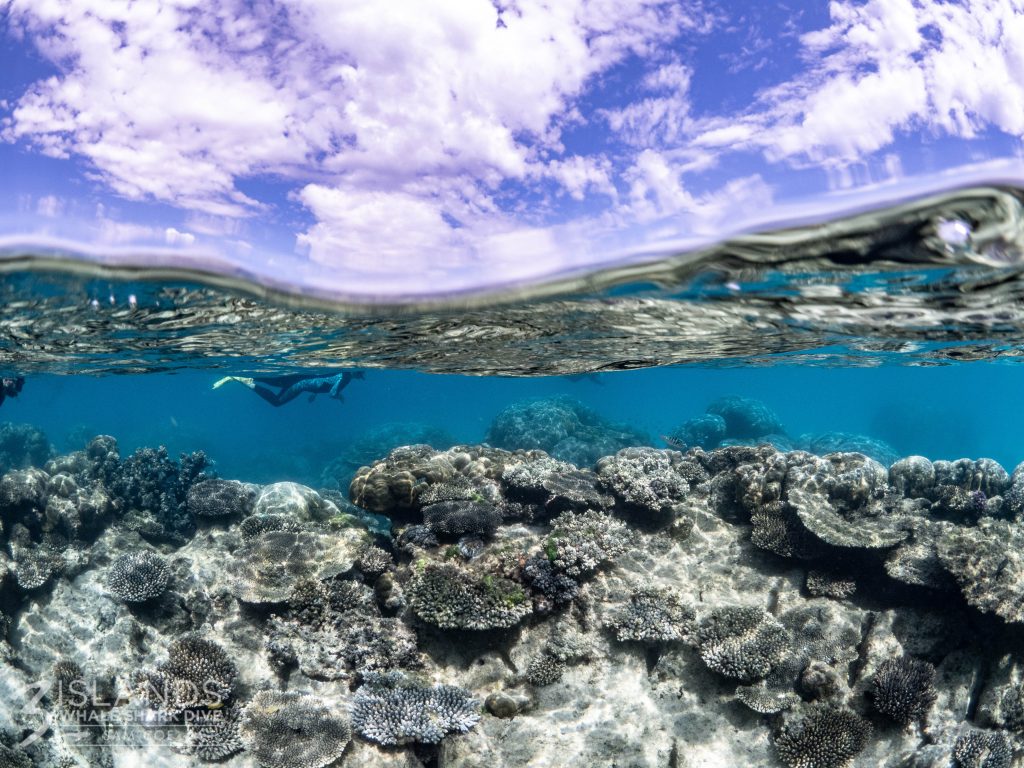
A Brief Introduction to Corals
To understand what coral is, we must first understand its nature. Corals are marine invertebrates belonging to the phylum Cnidaria. Made up of thousands of individual polyps, which are tiny, soft-bodied creatures. These polyps secrete a hard, calcium carbonate exoskeleton to protect themselves, and it’s this exoskeleton that often leads people to confuse corals with rocks.
The Intriguing Relationship Between Corals and Algae
Corals’ relationship with a microscopic algae called zooxanthellae, is truly fascinating. These algae live inside the coral polyps and participate in a symbiotic relationship, exchanging nutrients and contributing to the coral's vibrant colours. This relationship is crucial for the survival of both organisms, as it enables them to thrive in nutrient-poor tropical waters.
Coral Reefs: A Complex Ecosystem
Coral reefs are underwater structures formed by the calcium carbonate exoskeletons of corals. Although they cover less than 0.1% of the ocean floor, they are home to more than 25% of all marine species. Making them one of the most biodiverse ecosystems on Earth.
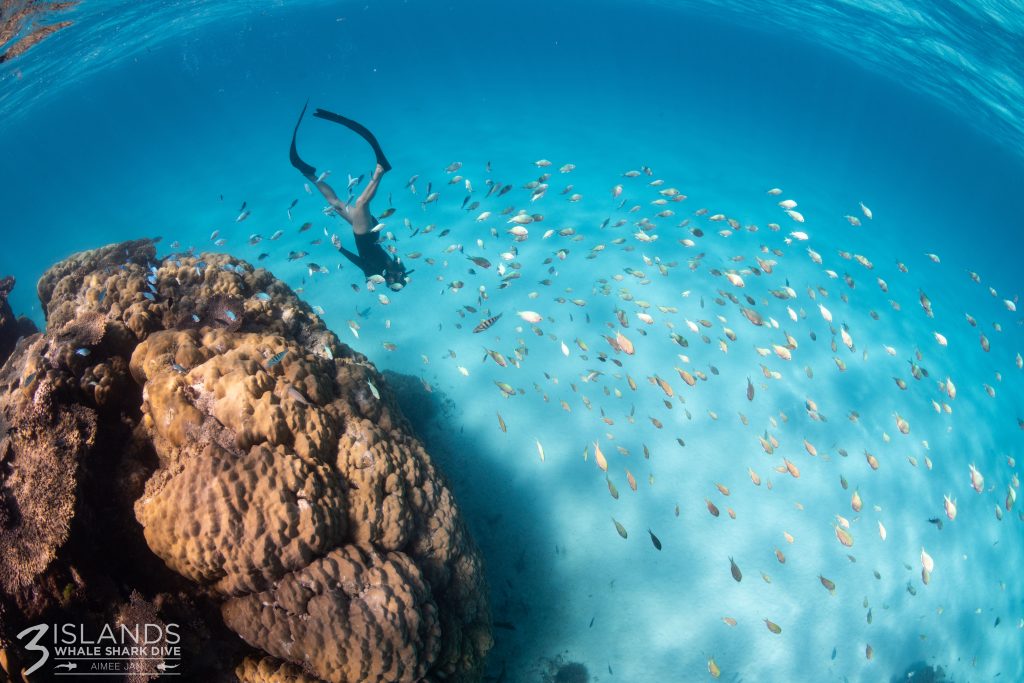
Types of Corals: Hard Corals vs. Soft Corals
Corals can be classified into two main categories: hard corals and soft corals:
- Hard corals, also known as stony or reef-building corals, are responsible for creating the solid structure of coral reefs.
- Soft corals, on the other hand, do not produce a rigid calcium carbonate skeleton and instead have a more flexible, tree-like appearance.
The Ningaloo Reef in Western Australia is home to over 200 species of hard coral and 50 species of soft coral.
Coral Reproduction: Asexual and Sexual Reproduction in Corals
Corals have a unique ability to reproduce both asexually and sexually. Asexual reproduction occurs through budding, fragmentation, or fission, resulting in genetically identical offspring. Sexual reproduction involves the release of eggs and sperm into the water column, where they join to form larvae that eventually settle into a new home on a suitable surface, before growing into new polyps.
Coral Feeding: Capturing Small Organisms with Their Tentacles
Corals are primarily carnivorous and rely on their tentacles to capture small organisms, like plankton, for food. Each polyp has a ring of tentacles surrounding its mouth, which are equipped with stinging cells called nematocysts. These stinging cells help corals to immobilise their prey and draw it into their mouth for digestion.
The Role of Stinging Cells in Coral Defense and Feeding
The stinging cells, called nematocysts, in coral polyps, serve two purposes: they allow them to catch prey and defend themselves from predators. When triggered, nematocysts release a tiny, barbed thread that injects venom into the target. This mechanism helps corals protect themselves and maintain their position within the highly competitive marine ecosystem.
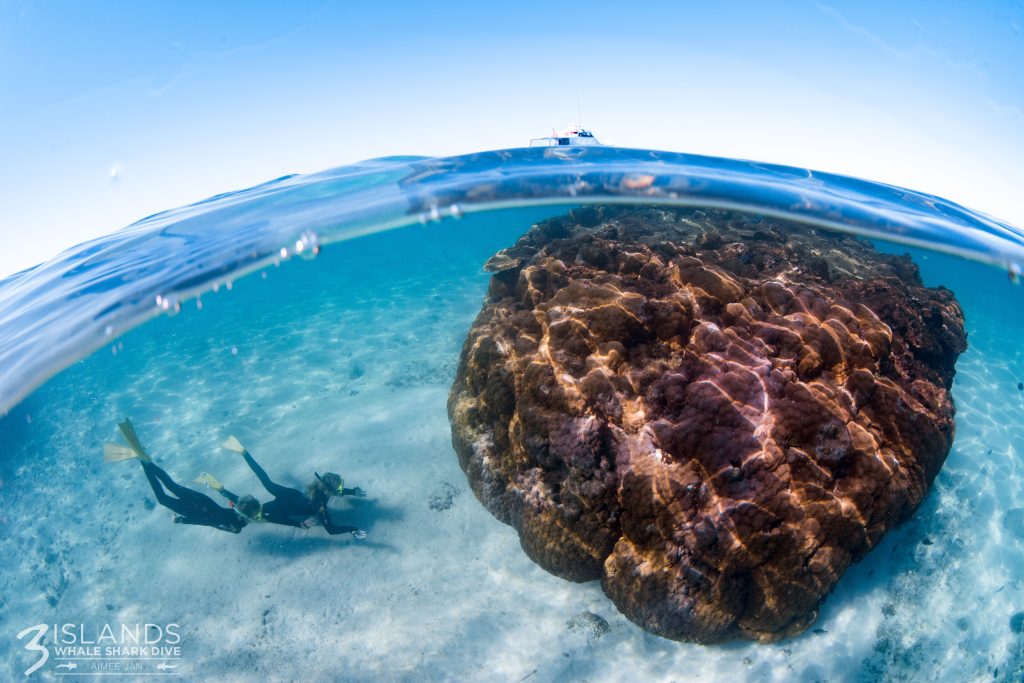
Coral Diversity and Habitats: Shallow Waters vs. Deep Water Corals
Corals are generally associated with shallow, sunlit tropical waters, however, corals can be found at a variety of depths, in a range of different environments.
Shallow water corals, typically found at depths of < 50 metres, rely on their relationship with zooxanthellae for nutrients and energy. They are the primary architects of coral reefs and are known for their vibrant colours.
Deep water corals can be found at depths of up to 6,000 metres. Since they live in dark environments, they can’t rely on symbiotic algae for survival. Instead, they capture food using their tentacles. Given the cold, high-pressure conditions of the deep sea, deep water corals rely on unique adaptations to thrive.
The Impact of Ocean Acidification on Coral Health
Ocean acidification, a result of increased carbon dioxide levels in the atmosphere, poses a significant threat to coral health. As the ocean absorbs more carbon dioxide, the water becomes more acidic, which can reduce the availability of calcium carbonate needed for corals to build their exoskeletons. This process can lead to weakened coral structures and ultimately contribute to the demise of coral reef ecosystems.
Fringing Reefs and Barrier Reefs: Different Coral Reef Types
There are several types of coral reefs, with the most common being fringing reefs and barrier reefs. Fringing reefs are the most widespread type and form along coastlines, growing directly from the shore. Barrier reefs, like the Great Barrier Reef, are separated from the shore by a lagoon and can extend for hundreds of kilometres.

Corals: Animal, Plant, or Rock?
Now that we have some background information, let's tackle the million-dollar question: Is coral a rock? The answer is a resounding no. Corals are living organisms, and therefore, they cannot be classified as rocks. However, the exoskeleton they produce is composed of calcium carbonate, a mineral found in rocks such as limestone.
To better understand this, let's consider an analogy. Imagine a city built with bricks. The bricks themselves are not the city, but they are the essential building blocks. Similarly, the calcium carbonate exoskeleton is not the coral, but it is the structure that supports and protects the living coral polyps.
The Importance of Coral Conservation
Coral reefs are stunning natural wonders, but they’re also essential to our marine ecosystem. They act as natural barriers that protect coastlines from erosion and storm surges, support fisheries, and contribute to tourism and recreation. Unfortunately, corals are under threat from climate change, pollution, and overfishing, leading to the destruction of many coral reef ecosystems.
For example, let's consider the devastating coral bleaching events that have taken place on the Great Barrier Reef. Water temperatures have risen, due to climate change, causing the symbiotic relationship between corals and zooxanthellae to break down. This causes the corals to expel the algae and turn white. This phenomenon, known as bleaching, can lead to the death of corals if they do not recover in time.
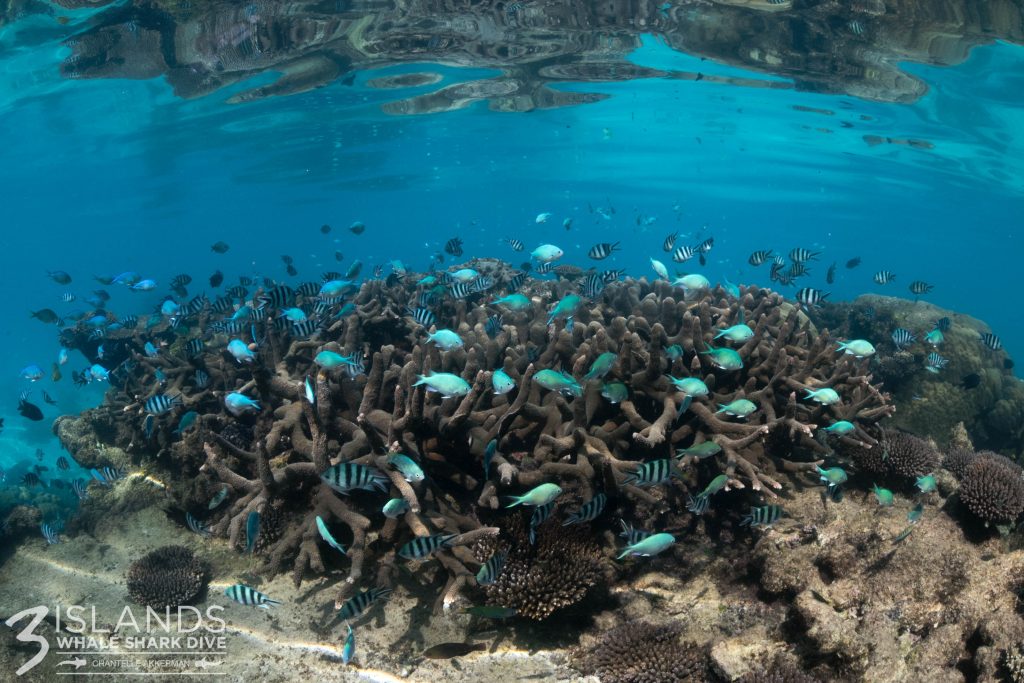
What We Can Do to Help
We all have a role to play in the conservation of coral reefs. Some actions we can take include:
Reducing Our Carbon Footprint
By using energy-efficient appliances, driving less, and supporting renewable energy sources, we can help reduce greenhouse gas emissions and combat climate change.
Supporting Sustainable Seafood
Choosing sustainably sourced seafood helps prevent overfishing and reduces the pressure on coral reef ecosystems.
Raising Awareness and Educating Others
The more people know about the importance of corals and the threats they face, the more likely they are to take action. Share your knowledge with friends, family, and social media followers to create a ripple effect of awareness and change.
Practising Responsible Tourism
When visiting coral reef destinations, follow local guidelines and choose eco-friendly tour operators, like Three Islands Whale Shark Dive in Exmouth, Western Australia. Avoid touching corals or anchoring boats on reefs, as these actions can cause damage.
Supporting Coral Reef Conservation Organisations
Donate to or volunteer with organisations that work to protect and restore coral reefs. Your time, effort, and financial support can make a real difference.
The Future of Coral Reefs
Despite the numerous threats they face, there is still hope for coral reefs. Innovative solutions, such as coral restoration projects and the development of heat-resistant corals, are being explored to help safeguard these precious ecosystems. By working together and taking action, we can help ensure the survival of corals for future generations to enjoy.
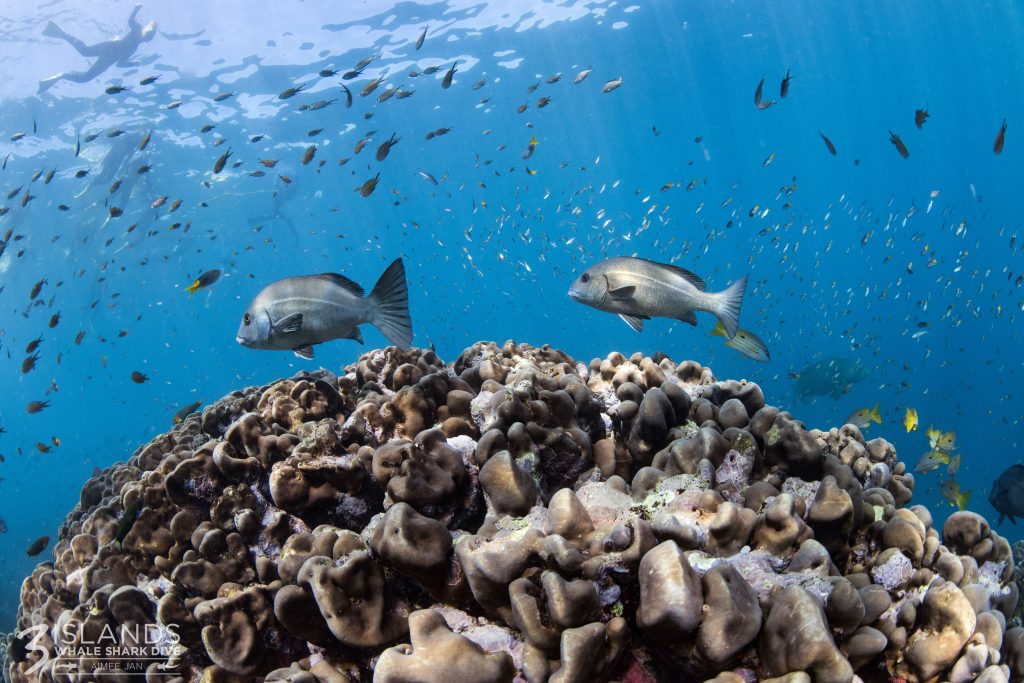
Coral - A Living Wonder
Coral is not a rock, but instead a living organism made up of thousands of individual polyps. Polyps create a calcium carbonate exoskeleton that forms the foundation of coral reefs, one of the most biodiverse and important ecosystems on Earth. By understanding the true nature of corals and their critical role in our oceans, we can appreciate their beauty and work to protect them from the many threats they face.
So, next time someone asks you, "Is coral a rock?" you can confidently answer; “No. But…”.
Keen to learn more about coral? Or maybe you want to see some of Australia’s most diverse coral life. The Ningaloo Reef is home to over 200 species of coral and more than 500 species of fish. Book a Three Islands Whale Shark Dive Reef Tour to experience an unforgettable marine adventure in Exmouth, WA. Together, let's celebrate and protect the magnificent world of corals.
For more information and to book your adventure, contact Three Islands Whale Shark Dive at +61 1800 138 501. Immerse yourself in the beauty of Ningaloo Reef with our whale shark tours Exmouth and create memories that will last a lifetime.
More...
Why Do Humpback Whales Sing?
Did you know that sounds travel up to four times faster in water than in air? Like most marine animals traversing the deep, dark ocean, humpback whales rely on vocalisation to communicate underwater. But why do humpback whales sing? And, how? For mating purposes? To communicate? To find food? To show off? A series of…
Why do Humpback Whales Breach?
When you think of humpback whales, their iconic breaching is likely one of the first things that come to mind. But why do humpback whales breach? This spectacular action, where whales launch themselves out of the water and crash back down, is fascinating. Let’s explore this behaviour and uncover why these marine mammals breach the…


